Showing all 16 results
-

Anshumat Hand Loom Wool Rugs
-

Arjunasya Hand Loom Pet Yarn Rugs
-

Ashvattha Hand Loom Pet Yarn Rugs
-
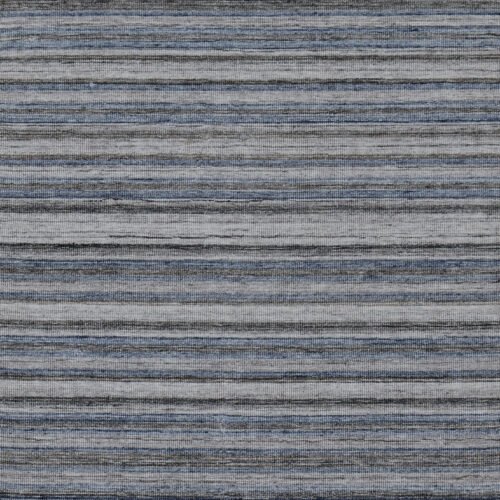
Avarita Hand Loom Pet Yarn Rugs
-

Dhruvaksha Hand Loom Pet Yarn Rugs
-
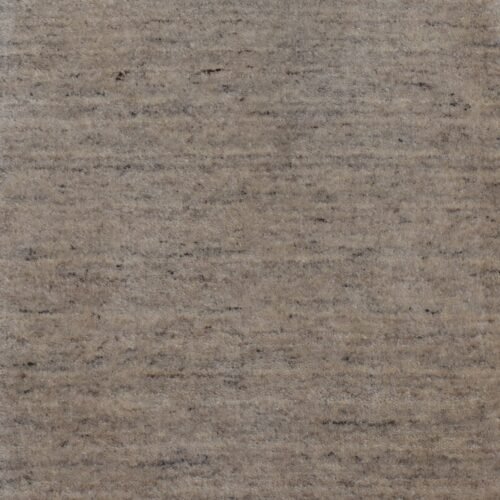
Kanaka Hand Loom Wool Rugs
-
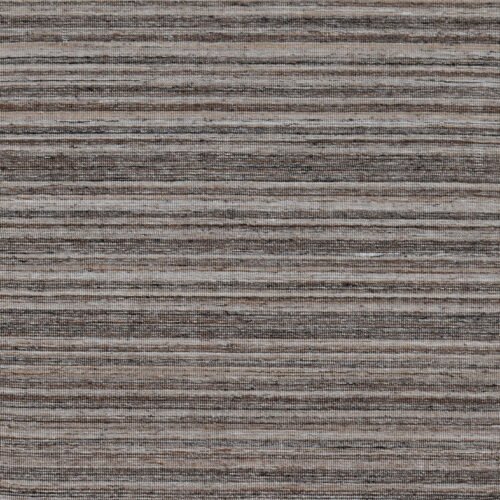
Manikanta Hand Loom Pet Yarn Rugs
-
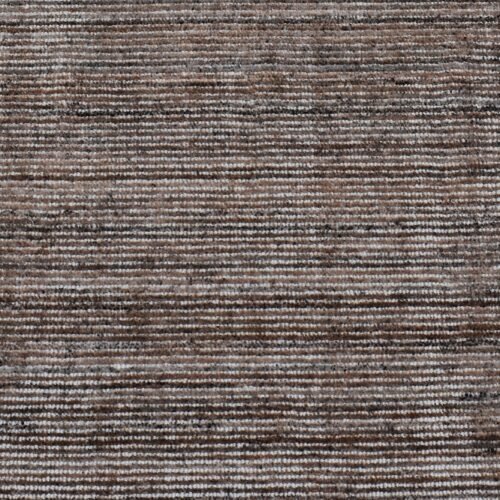
Mrinaya Hand Loom Pet Yarn Rugs
-
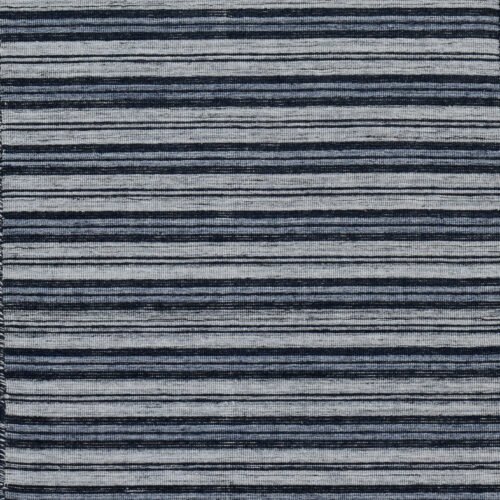
Neelrekha Hand Loom Pet Yarn rugs
Add to enquiry This product has multiple variants. The options may be chosen on the product page -

Nirdhara Hand Loom Pet Yarn Rugs
-

Rajataya Hand Loom Wool Rugs
-

Sagarika Hand Loom Pet Yarn Rugs
-
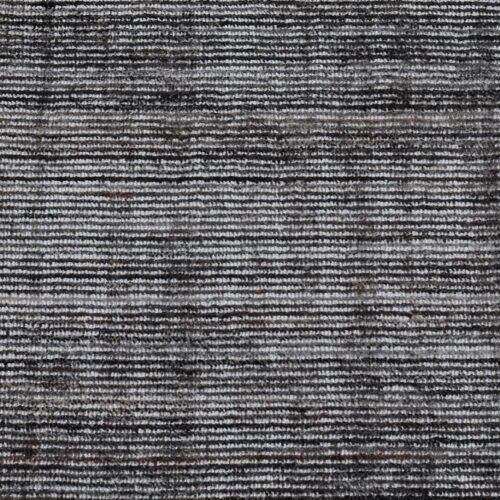
Taaraksha Hand Loom Pet Yarn Rugs
-
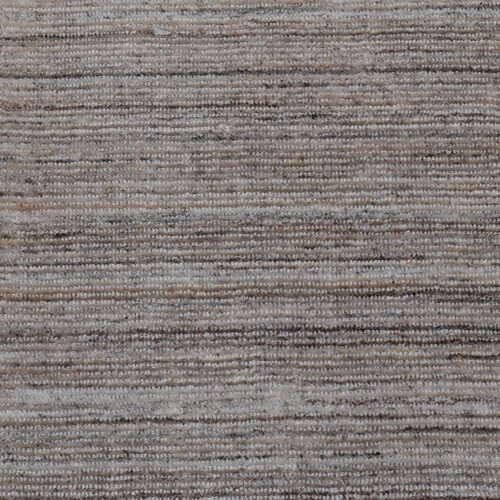
Tanmaya Hand Loom Pet Yarn Rugs
-
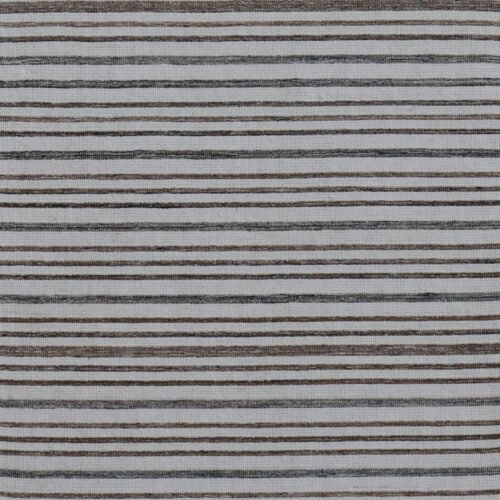
Varnika Hand Loom Pet Yarn Rugs
-

Vedhaka Hand Loom Pet Yarn Rugs
Get Stylish Custom Handloom Rugs Online
Handloom rugs have been an integral part of homes and community spaces for centuries, known for their artisanal quality and distinct character. While machine-made rugs may be cheaper or more uniform in appearance, handloom rugs hold a different kind of value. They are crafted using time-honored methods that treat each strand of material with care and respect. If you are looking for something that reflects individual taste and meets personal specifications, custom handloom rugs might be the way to go. In this detailed overview, we will look at the heritage of handloom weaving, the materials typically used, the process of creating a custom piece, and how to maintain your rug so it remains in good condition for a long time. All in all, you will have a clearer picture of why these rugs continue to attract homeowners and decorators worldwide.
1. A Brief History of Handloom Rug Weaving
Handloom weaving has been practiced across many cultures, from small villages to large urban centers. Ancient civilizations in regions like the Middle East, Asia, and parts of Europe first created textiles using manual looms. Over centuries, these techniques were refined and passed down through families, each generation adding small improvements and variations. What started as a way to protect floors from cold and damp conditions later evolved into a highly creative art form.
Modern demands and changing consumer tastes have influenced how we view rugs today. Rugs are no longer just functional items; they serve as focal points in interior design. While machinery took over much of the textile market, there remains a dedicated group of artisans and designers who keep handloom traditions alive. By choosing a handloom rug, you are essentially participating in a longstanding creative heritage that respects craftsmanship and careful attention to detail.
2. Importance of Handcrafted Quality
One of the main attractions of a handloom rug lies in the distinct character brought about by human hands. Each artisan has a unique technique, style, and sense of color that sets their work apart. Even if two weavers follow the same pattern, you can often spot subtle variations in tightness, color shading, or the way threads intersect. This uniqueness can be difficult to replicate in a machine-made product, which tends to favor standardized outputs.
Additionally, artisans who specialize in handloom rugs typically learn their craft over many years. Their skill sets allow them to work with various materials and patterns, making each piece a signature creation rather than a mass-produced item. This level of care often translates into higher quality. When every strand is handled and woven by hand, the result is a more durable and character-rich rug.
3. Materials Typically Used in Handloom Rugs
The materials used in handloom rugs can vary widely, reflecting both regional traditions and modern preferences. The choice of material affects the overall look, feel, and durability of the final product. Below are some common materials:
- Wool: Wool remains one of the most popular materials for handloom rugs. Known for its warmth and resilience, wool can withstand foot traffic while retaining its natural texture. It also accepts dyes well, enabling a broad range of colors.
- Cotton: Cotton is often used in the foundation or warp threads of a rug. It has a soft touch, making it comfortable underfoot. In some designs, cotton is mixed with other fibers to provide a balanced combination of comfort and structure.
- Silk: Rugs that incorporate silk are often prized for their sheen and delicate feel. Silk fibers can bring out intricate details, especially in more detailed patterns. However, pure silk rugs require more cautious maintenance due to their delicate nature.
- Jute: This natural fiber is popular for a more rustic or casual aesthetic. Jute rugs tend to have earthy tones, making them suitable for spaces with relaxed décor. They are typically cost-effective and environmentally friendly but need regular upkeep to maintain their look.
- Bamboo Silk: An increasingly favored material, bamboo silk provides a soft surface with a subtle shine. It is more sustainable compared to some traditional silk sources. Often, rug makers use bamboo silk to highlight patterns within wool rugs, giving certain areas a slight shimmer.
4. The Customization Process
When you decide to invest in a custom handloom rug, you have control over design details that might be out of reach in ready-made pieces. Typically, the customization process will involve the following steps:
- Initial Consultation: You share your ideas regarding size, color palette, style, and any specific patterns you have in mind. Some people bring sketches, color swatches, or images of existing décor to assist in capturing the desired theme.
- Material Selection: Next, you choose the fibers that align with your budget, usage requirements, and design preferences. Artisans or sales representatives can guide you toward combinations that will produce the desired texture and resilience.
- Sample or Render: Depending on the workshop or rug provider, they may create a small sample of the pattern or offer a digital render. This gives you a clearer vision of what the final rug might look like.
- Hand Weaving: Once everything is confirmed, the weaving process begins. Skilled artisans will set up the loom and start crafting your rug. This step can take weeks or even months, depending on the complexity and size of your design.
- Quality Check and Finishing: After weaving is completed, the rug is inspected, trimmed, and cleaned. Any final touches, such as fringe detailing or backing, are applied to ensure a polished look. The rug then goes through a final inspection before delivery.
Custom handloom rugs can be quite special because they align so closely with your personal design ideas and functional needs. Whether you want a specific color combination, a certain level of thickness, or a distinctive pattern, these rugs can be made to match your vision.
5. Visual and Textural Variety
One of the reasons people choose handloom rugs is the variety they offer. From bold geometric patterns to subtle tone-on-tone designs, you can find or commission a style that speaks to your aesthetic. When ordering a custom piece, you can also mix different weaving techniques to achieve unique textures. Some parts of the rug might have a flat weave, while others might have a plush feel. This interplay of high and low pile adds dimension that can change the ambiance of a room.
By thinking about where the rug will be placed, you can decide on the texture that best meets your needs. Rooms with more foot traffic might benefit from a denser weave, while a decorative piece in a formal living room can have more intricate patterns or softer materials. Being thoughtful about these choices ensures that the rug not only looks good but also fits well into your daily life.
6. Where to Find Quality Handloom Rugs Online
In the digital age, many specialized rug boutiques and artisan workshops have online platforms. These can be great places to find ready-made pieces or initiate a custom order. When shopping online, consider the following:
- Authenticity: Look for certifications, transparent sourcing information, or direct communication with the artisans or distributors. Genuine handloom rugs often come with stories about their origin, such as the region or community that produced them.
- Reviews and Testimonials: Reading reviews can give you insight into the quality of the rugs and the reliability of the sellers. Photos posted by previous buyers can also help you gauge how the rug appears in a real-life setting.
- Customer Support: A website that offers direct communication channels can be valuable. Whether it’s live chat, emails, or phone calls, being able to ask questions about materials, shipping, and customization is a big plus.
- Return and Exchange Policies: Since a rug can be a sizable investment, knowing your options if something isn’t right is important. A clear return or exchange policy can protect you from ending up with a piece that doesn’t fit your room or meet your expectations.
Purchasing your rug online allows you to browse numerous styles and workshops from the comfort of your home. It also often presents a wider range of customization options, as you can communicate with artisans worldwide. However, make sure to read product descriptions carefully and request detailed images or swatches when possible, especially if the color match is crucial for your décor.
7. Care and Maintenance
Just as you carefully select your rug, you also need to be attentive about its upkeep. A well-made handloom rug is a long-term investment, but it requires some routine care to stay in good shape.
- Regular Vacuuming: Using a vacuum with a brush attachment helps remove dust and debris without harming the fibers. Try to vacuum in the direction of the pile, if there is one, and avoid overly aggressive suction settings.
- Spot Cleaning: Spills should be addressed quickly. Gently blot the area with a clean, absorbent cloth to soak up as much liquid as possible. Avoid rubbing, as that can push the stain deeper into the fibers. For tougher stains, mild detergent mixed with water can be used, but test it first on a small, hidden part of the rug.
- Rotation: Rotate your rug every few months, especially if it sits in an area with uneven foot traffic or direct sunlight. This helps distribute wear evenly and reduces the chance of color fading on one side.
- Professional Cleaning: Every year or two, consider having your rug cleaned by a professional who specializes in handcrafted textiles. This goes a long way in preserving its appearance and prolonging its lifespan.
- Using a Rug Pad: Placing a good-quality rug pad underneath can prevent slipping, protect the underside of the rug, and reduce wear on areas that might rub against the floor. It also adds an extra layer of cushioning for comfort.
8. Bringing Character into Your Space
A custom handloom rug can bring a sense of warmth and artistry to any room. Whether your style is minimalist, traditional, or eclectic, a well-chosen rug can link different elements of your décor. It can serve as a backdrop for furniture arrangements or become a centerpiece that anchors the room. Colors and patterns can complement your walls, furniture, and accessories, making the space feel curated.
Aside from living rooms, handloom rugs can be placed in bedrooms to provide a soft surface underfoot, or in home offices to add texture to what might otherwise be a straightforward workspace. Some people also use small runner rugs in entryways or hallways, adding an artistic element that welcomes guests into the home.
9. Supporting Artisan Communities
When you purchase a handloom rug, especially through fair trade or ethical channels, you directly support the artisans and their communities. Many weavers rely on this skill as their primary source of income, and by choosing their products, you help sustain local economies. This has a domino effect: it preserves traditional skills, keeps families employed, and ensures that future generations can continue the craft. Moreover, supporting fair wages and good working conditions allows artisans to focus on creating quality pieces without cutting corners.
10. Combining Tradition with Modern Taste
One of the wonderful aspects of handloom rugs is that they can be adapted to modern styles while retaining their handcrafted essence. Contemporary color schemes and patterns are increasingly being paired with traditional weaving methods. This means you can benefit from the depth of craftsmanship yet still have a piece that fits into a modern home.
Designers are experimenting with understated patterns that highlight texture, while others opt for bold statements in color to contrast neutral walls and furniture. These combinations create pieces that feel current and fresh, yet still carry the stories and techniques of past generations.
11. Conclusion
Custom handloom rugs offer much more than just floor coverage. They represent a confluence of heritage, craftsmanship, and personal expression. By choosing to order a custom piece, you can be sure that your rug matches your precise needs—be it in size, color scheme, or material. You also gain the satisfaction of supporting traditional artisans who have honed their skills over many years.
As you look through online platforms, keep in mind the importance of authenticity and transparency. Read reviews, check materials, and communicate your ideas to the seller or artisan. Once your rug arrives, set up a care routine that includes regular cleaning and occasional professional maintenance. This helps your new addition keep its charm over time.
In essence, a handloom rug can add character and value to almost any space. Whether it graces the floor of a busy living room or is placed in a quiet bedroom, it’s sure to draw attention and admiration. The process of creating a custom rug may take more time and involve more decisions than buying a mass-produced piece, but the end result is a unique textile that can be enjoyed for years. By seeking out a handloom rug online, you open the door to countless options, from simple and understated designs to more elaborate patterns that showcase the art of weaving. In doing so, you bring a piece of this longstanding tradition into your own space—something that can be felt every time you walk across the soft, woven surface underfoot.
